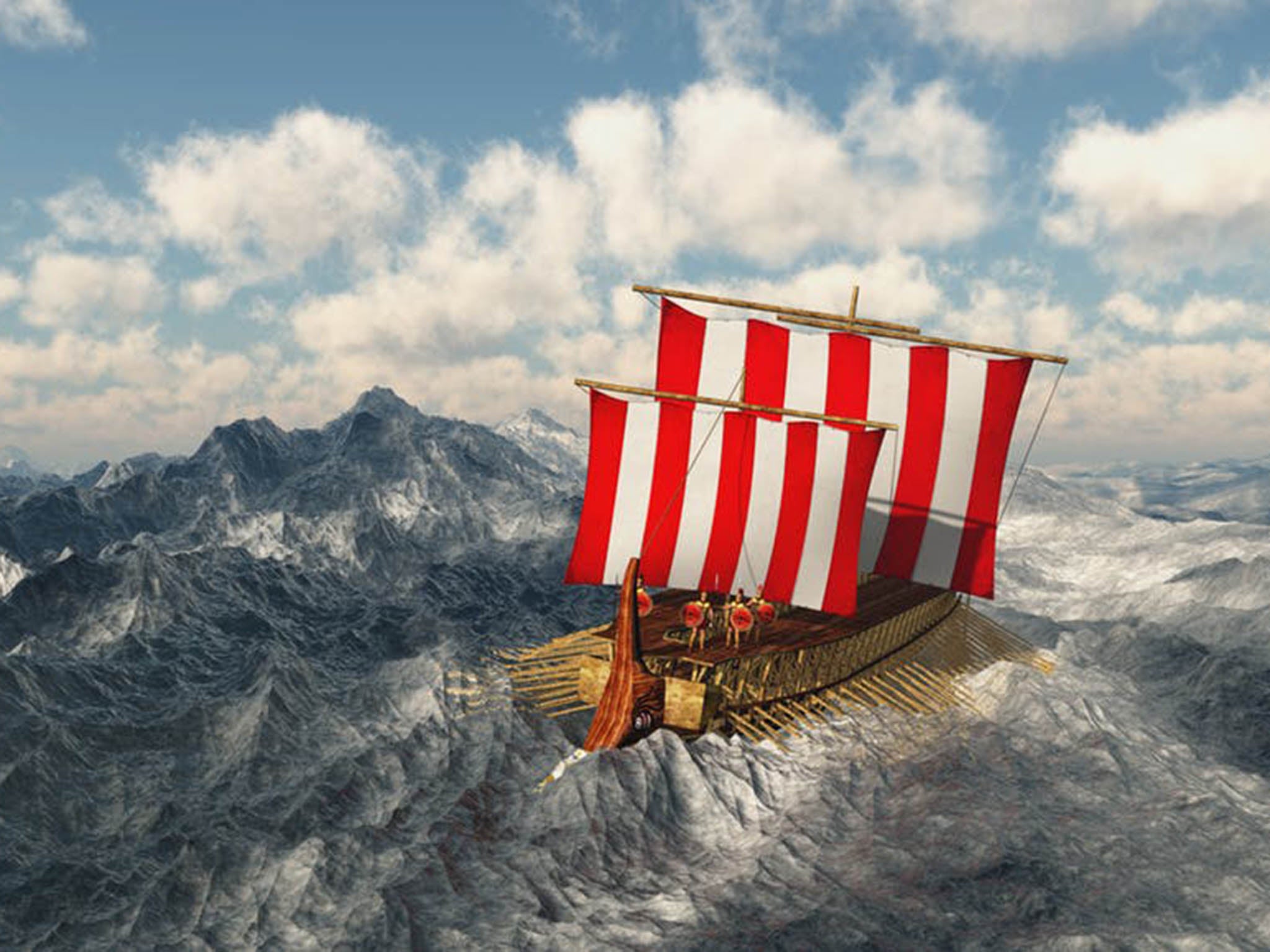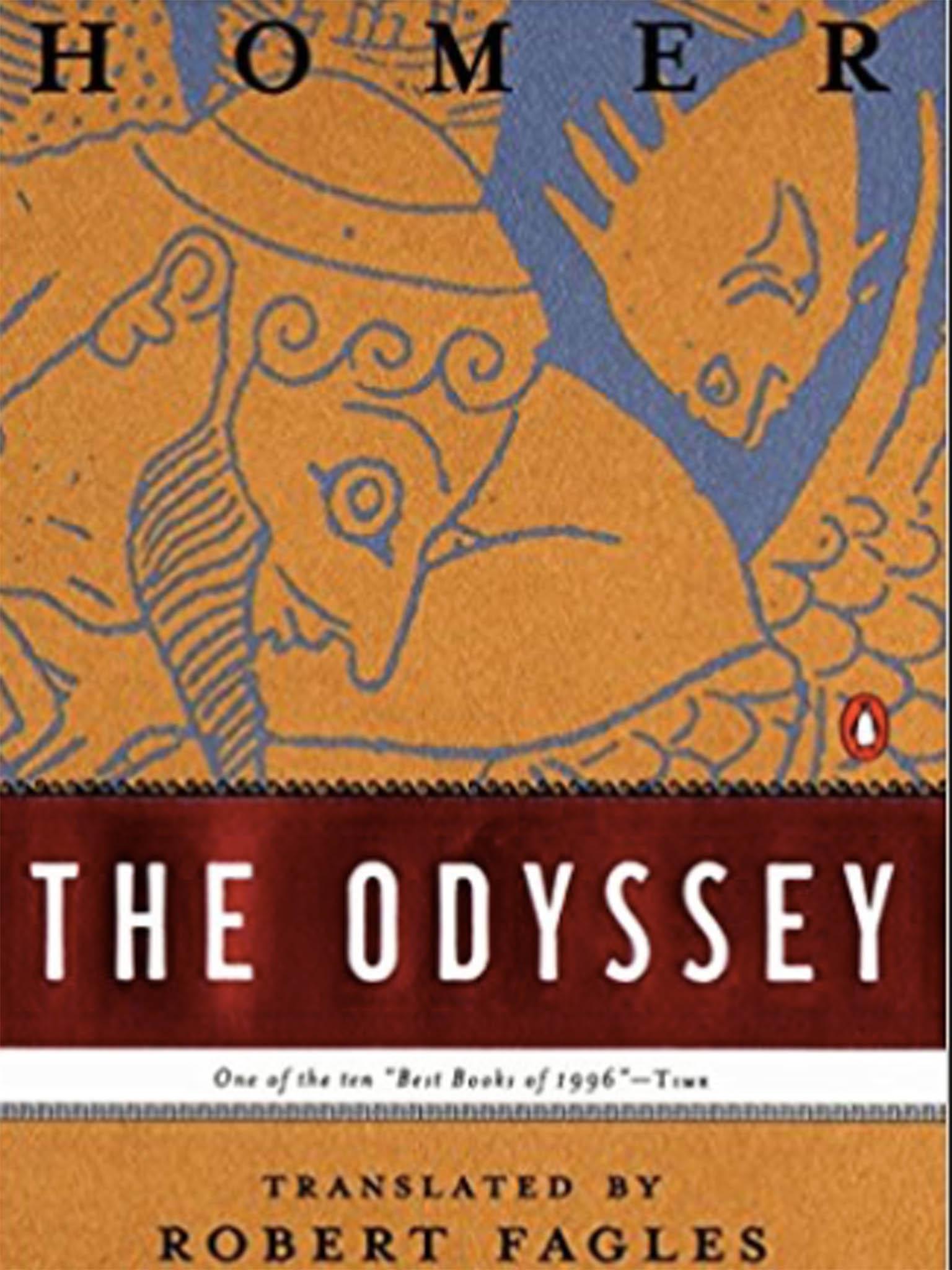This is how Facebook proved Homer's Odyssey is not pure fiction
Analyse the great quest of Odysseus with a little 21st century know-how and it's fascinating what you find out

When you look at networks of people, whether it’s architects or table tennis players or a regular bunch of Facebook friends, they will have certain similarities. They tend to confirm the “six degrees of separation” idea that most people are connected in a few very short steps. Each person tends to have large numbers of connections and associate with people who are similar to them. The networks are also usually organised into hierarchies.
In fiction – the Marvel universe, or The Lord of the Rings, say – networks of people usually differ in certain ways to the real thing. People don’t only associate with similar people and have smaller numbers of associates, for example. And, unlike real networks, you can remove people from the fictional equivalent without undermining the number of connections the remaining people are statistically likely to make. These differences raise an interesting possibility: testing works of fiction to see how far they deviate from reality.
An English study in 2012 did exactly this with three classic texts – The Iliad, Beowulf and the Irish epic Táin Bó Cúailnge. The network of people in The Iliad, the oldest known work of western fiction, came out as the most similar to real life. This backed up several archaeological papers that had found evidence certain events in Homer’s landmark work, such as the Trojan War between Greece and Troy, actually happened in ancient times.
In a new paper we have published in collaboration with Pedro Miranda of the University of Ponta Grossa in Brazil, we used a similar approach to look at the society portrayed in Homer’s other classic poem, The Odyssey. Homer was a poet in ancient Greece in the 8th century BCE. The Odyssey, which is partly a sequel to The Iliad, tells of an ingenious hero called Odysseus who has fought in the Trojan War. After his victory along with the Greeks, he is cursed by the gods due to his pride. He is forced to spend 10 years of his life trying to return home, confronting a cast of monsters, witches, beasts and cannibals; and his own terrible sense of desolation.
Like The Iliad, The Odyssey is a synthesis of the most relevant and ubiquitous oral stories and tales told by Homer’s civilisation. We developed a method of extracting the social information from the story based on the interactions of the characters with one another – this was quite an effort because in many cases, it’s not clear in the story who is talking to whom; we looked at various translations to make sure we were not being misled in our interpretations.
From this we were able to identify a total of 342 characters with 1,747 connections between them. We analysed this material using several tools derived from complex networks theory: statistical methods to produce data about the characteristics of the network, and insights about the tendency for people to form cliques that are fully connected. We also compared its characteristics to networks on Facebook.
What we found
We found substantial evidence of a “real-life” social structure in The Odyssey. Notably, the characters in each chapter or scene described in the poem’s 24 books corresponded almost precisely to cliques in real-life networks. It led us to wonder: did Homer have a profound understanding of networks, or did he copy key details about his characters and their interactions from elsewhere?

To examine this more closely, we reran the analysis, this time excluding mythological characters such as gods and monsters. The remaining network was even more similar to what you would expect in real life. On the other hand, we ran an analysis that excluded the human characters and kept the mythological ones, and were left with an entirely fictional network. The obvious conclusion is that The Odyssey is an amalgam of real and fictional characters.
We also looked at to what extent certain characters in the story make connections in the way you would expect in the real world. Again, the networking of the mythological heroes and beasts that form the story’s assembly of the gods was not in line with how people make contacts. For example, they tended to interact with an abnormally large number of characters in other communities – displaying the sort of omnipresence we might associate with a god. In contrast, the human characters in The Odyssey made connections in ways comparable to people on Facebook today.
As is often the case in fiction, it seems that Homer was not just telling stories but reflecting events and characters that existed in ancient Greece. It underlines the historical importance of his writings, and also raises the possibility of using the same technique to evaluate other historical works. It is surely only a matter of time, for instance, before someone uses complex networks theory on the Bible.
Murilo Da Silva Baptista is a reader in physics at the University of Aberdeen, Pedro Jeferson Miranda is a doctoral researcher in physics and Sandro Ely de Souza Pinto is associate professor of physics, both at Universidade Estadual de Ponta Grossa. This article first appeared in TheConversation.com
Join our commenting forum
Join thought-provoking conversations, follow other Independent readers and see their replies
Comments